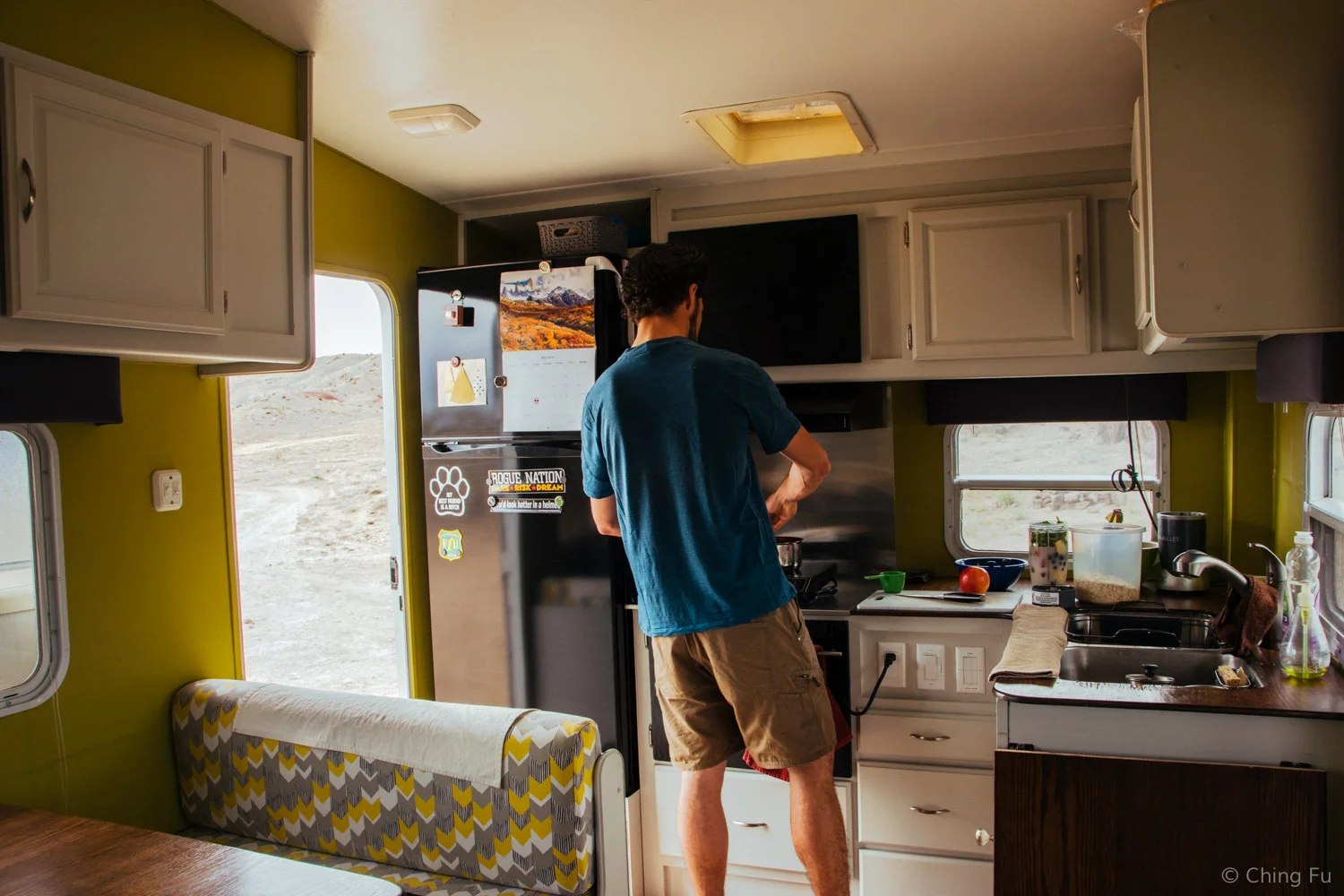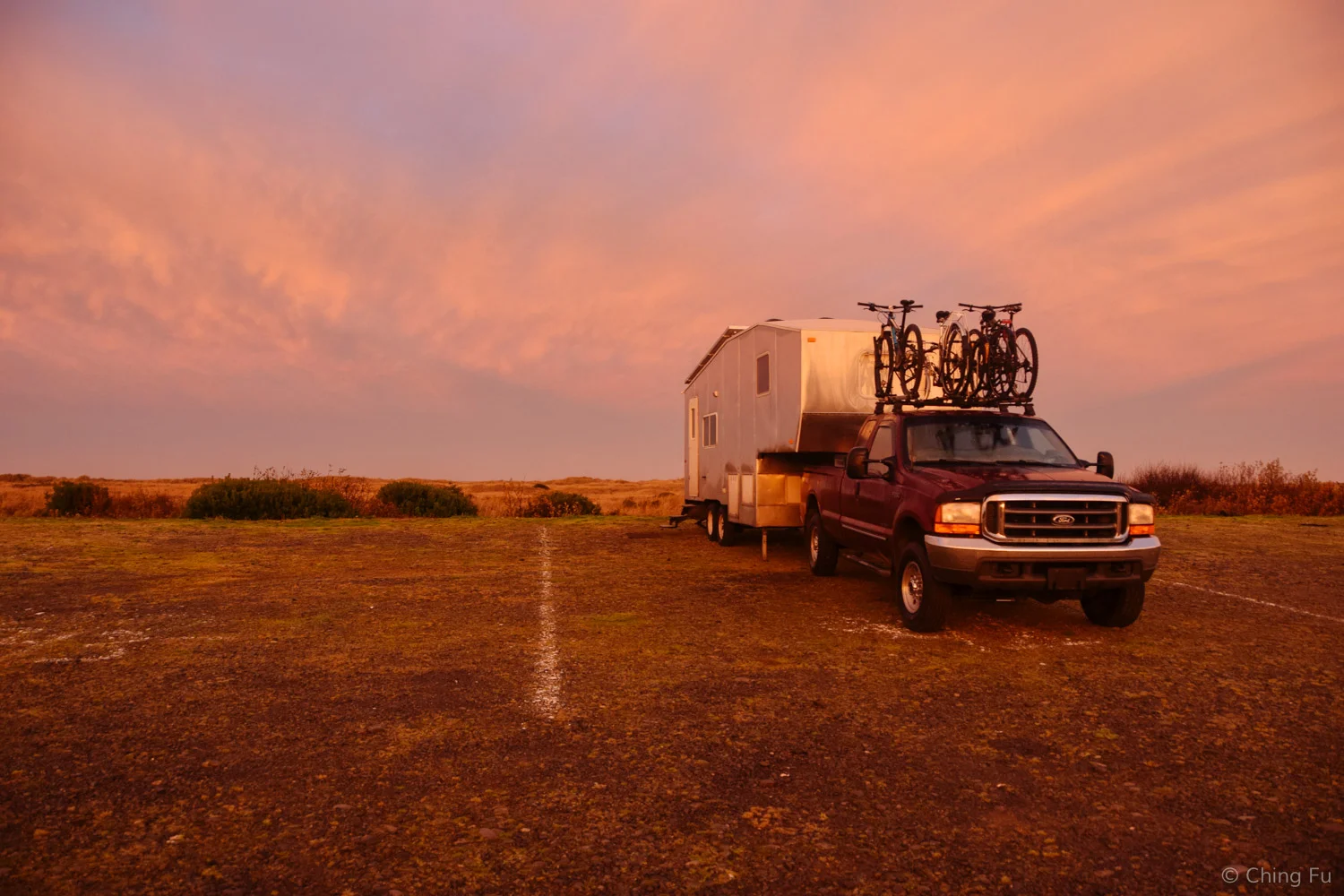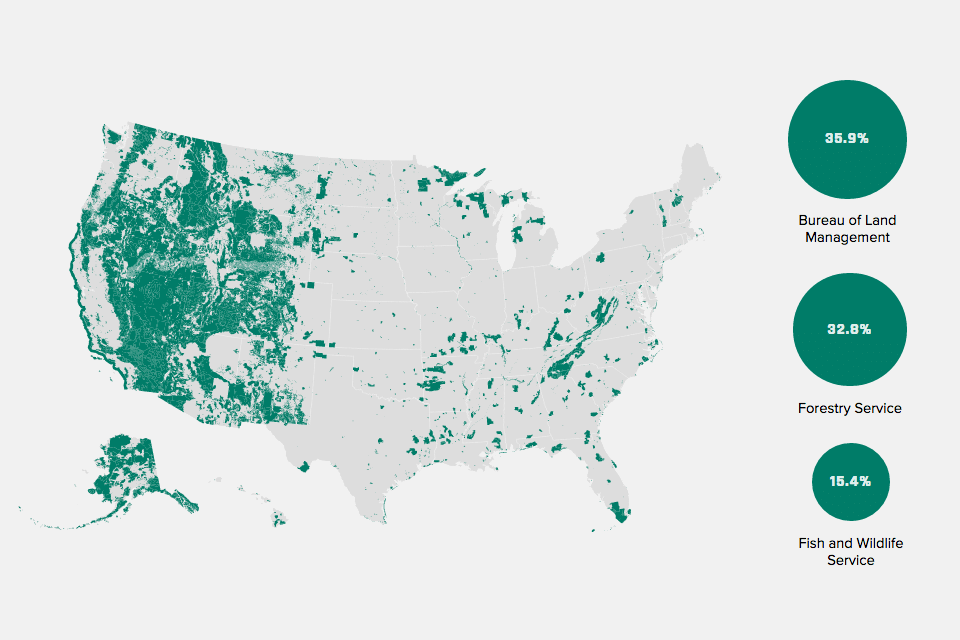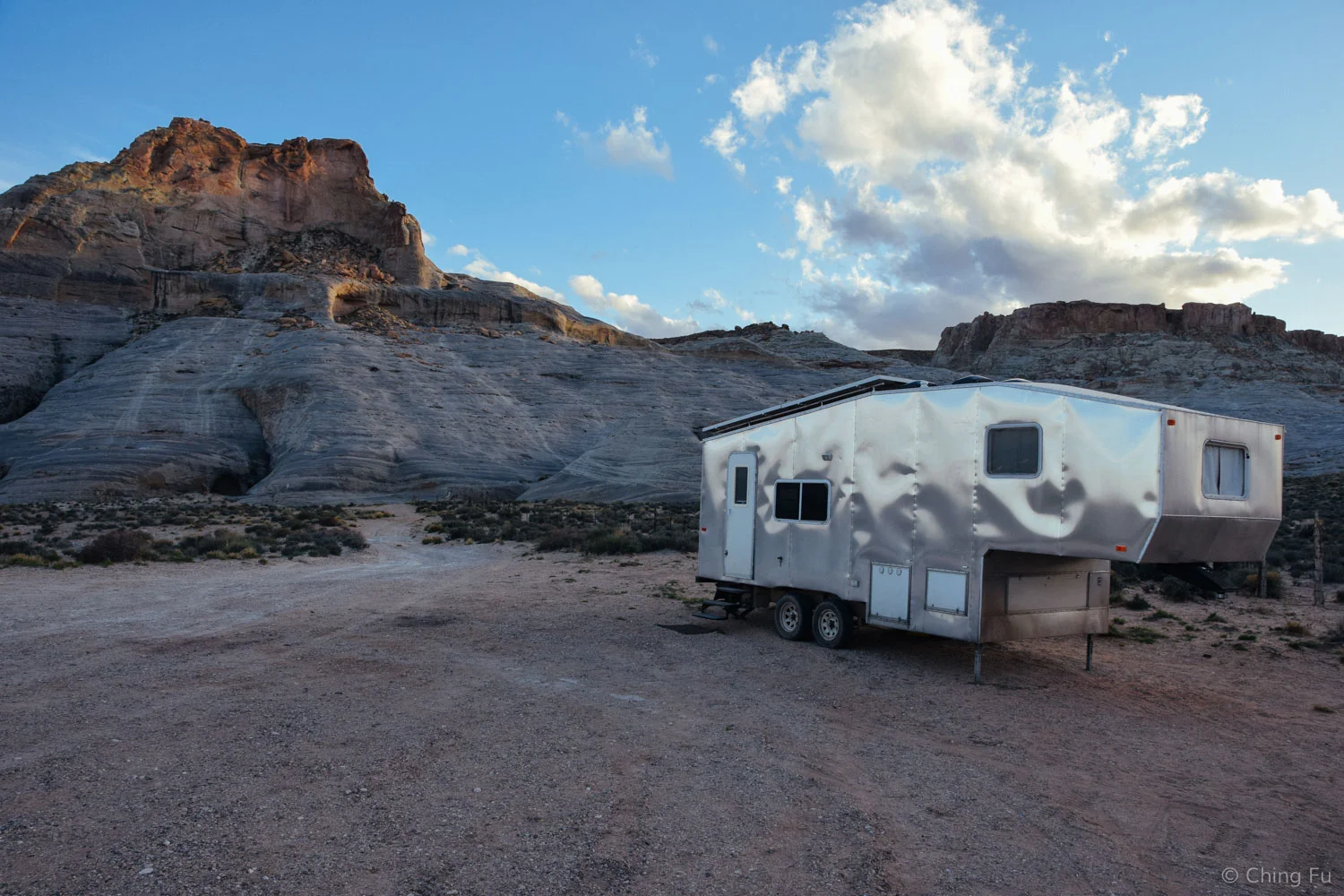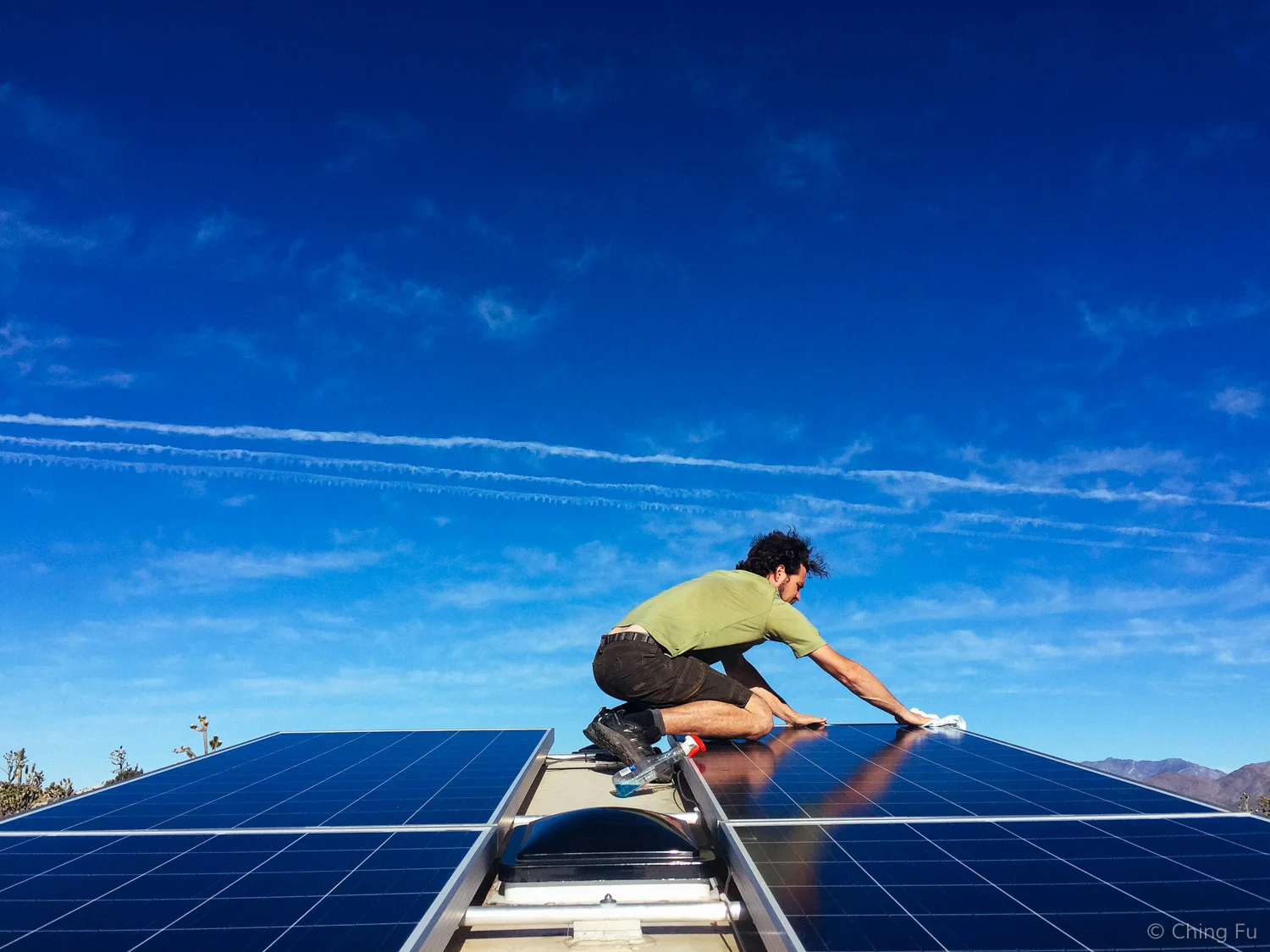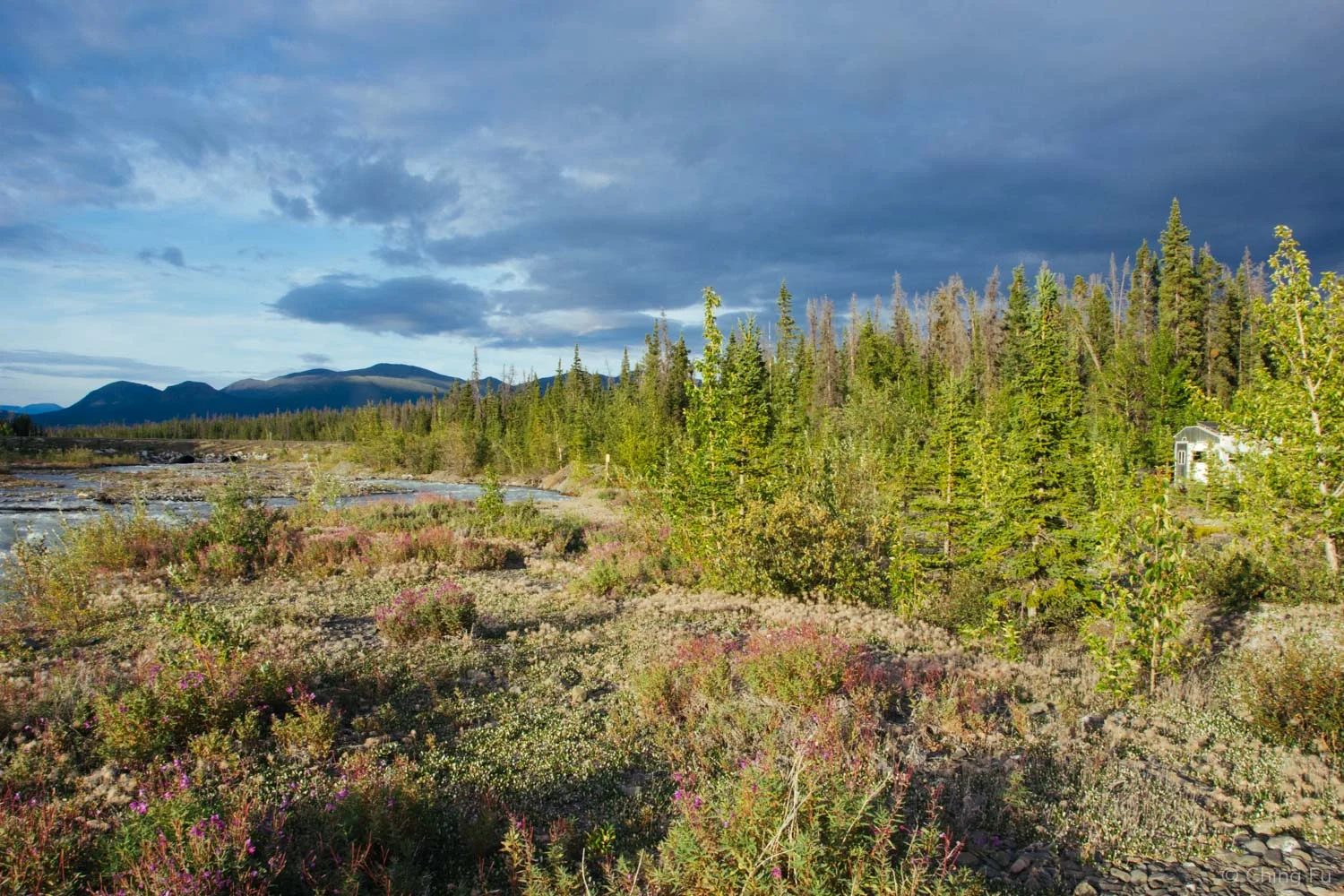Let's Talk About RV Boondocking
Boondocking refers to RVing without any electric, water or sewer hookups. Other common names for boondocking are: dry camping, dispersed camping, and wild camping. But coming from a backpacking background, I’m not comfortable using the word “camping” to describe living in an RV. Camping for me includes a tent or hammock of some sort, sleeping bag, and non-running water. There are too many house-like amenities that come with living in an RV, school bus, or van to be anything like camping.
C'mon, we have a full kitchen and running water!
Typically, boondocking means staying in an undeveloped area, like in the woods on national forest or BLM land. Boondocking also usually implies free. But like the undeveloped area, that’s not always the case. Staying at a primitive campground that charges a fee, has a pit toilet, fire ring, picnic table, and place to park your rig is also considered boondocking - as long as you’re not plugged in for water, electricity, or sewer. Parking and sleeping in an RV in a rest area or retail store parking lot can also be considered boondocking. But some people argue that it’s not, perhaps because you’re technically just parked in a lot.
But sometimes parking lots can look like this.
For us, boondocking means staying in an undeveloped area without any hookups for free.
HOW MUCH PUBLIC LAND THERE IS
The federal government owns roughly 640 million acres of land, which is 28% of the 2.27 billion acres of land in the U.S. (Source) Four main federal agencies own and manage the public lands: the Bureau of Land Management (BLM), Fish and Wildlife Service (FWS), National Park Service (NPS), and Forest Service (FS). These agencies manage the land for the main purposes of preservation, recreation, and development of natural resources. But each agency has distinct responsibilities. Similar to car campers, it’s on these public lands that RVers find places to boondock.
Most of this public land lies west of the Mississippi, which is why there’s ample boondocking on that half of the U.S. That and the fact that the population density is a lot less out west than in the eastern U.S. In some states, the government agencies own the majority of the land, for example, 80% of the land in Nevada is federally owned. This is all extremely enticing and exciting for outdoor enthusiasts and RVers who prefer boondocking. Both of which describes us.
Infographic by Andrew McGill/The Atlantic
WHY WE BOONDOCK
We knew before leaving Asheville that boondocking was the type of RV living we wanted. It offers way more freedom than staying in a campground or RV park. (I talk about these more specifically in my post What It’s Like Living In A Parking Lot.) Living on a piece of undeveloped in the woods or desert allows us to be a lot closer to nature. Oftentimes we are close enough to trailheads to access them on foot or by bike. The times we have to drive, it’s still a lot shorter to get to a trailhead than it would’ve been if we stayed at an RV park. Minimizing the amount of driving we do is a constant goal.
We spent 6 nights here. There are lots of hiking up and over the rocks behind the Toaster and a huge lake a few miles down the road from us.
HOW DO RVERS BOONDOCK?
RVs that come straight off a sales lot have the ability to boondock, even if they don’t have solar panels. Those RVs depend on propane to run the fridge, stove, hot water heater, and furnace. Then a gas or diesel generator to charge up the RV batteries that powers other electrical needs such as a water pump, lights, electronics, and sometimes A/C. As long as RVers make town runs to refill their propane tanks and get fuel for their generators, they can boondock as long as they want until they run out of fresh water or their gray/black tanks fill up. RVers that add on after-market solar panels decrease the frequency they need to use a generator.
What Jerud and I have done is eliminate the need for any fossil fuels (propane, gas, or diesel) to power everything inside our RV that allows us to live similarly to how we did in a regular house. Our main reason is to be environmentally friendly. We love the idea that we’re staying on undeveloped land (but always on established sites) in the middle of nature and doing no additional harm to it. As outdoor enthusiasts, that’s very important to us. But other benefits come with being 100% powered by solar: we save money on not having to purchase propane and fuel for a generator, along with saving money on truck fuel for town runs, and we don’t have to deal with the sounds of running a generator. My posts Operational Differences Between Traditional and Sustainable RVs goes into more detail about the differences between the Toaster and other RVs.
1,220 watts is a lot of solar to clean! ;)
The way we’ve set up the Toaster allows us to stay in one boondock site for up to a month:
Our fresh water tank is 40 gallons, which lasts for almost 2 weeks. When we do need to refill it, we use our 30 gallon water bag (you can read how it works and a review of it in this blog post).
Thanks to our Air Head composting toilet, we don’t ever have to empty our black tank. In fact, we got rid of our black tank during the rebuild.
Our two gray water tanks add up to 80 gallons of capacity. The need to empty them is typically the reason we have to leave a boondock site.
Our apartment-size residential fridge fits enough fresh food for two weeks. Including the food we have in the pantry, we can probably go close to a month before really having to go into town for groceries. (Learn more about residential fridges in our blog post Residential Fridges In Boondocking RVs. Our fridge is a discontinued model. The fridge I have linked is the most similar one we could find on Amazon.)
HOW WE FIND BOONDOCK SITES
The website Campendium is our primary resource to find boondock sites. Leigh and Brian of Aluminarium have and continue to work really hard to provide the nomadic community an extremely valuable website. Campendium includes information on hundreds of free sites along with paid sites and RV parks. But what makes Campendium very valuable are the well-written and informational reviews of sites by other RVers. I recommend this website to everyone I meet who travels or lives on the road. If you do use it, I also encourage you to give back by writing reviews of places you’ve stayed and/or contributing to their annual fundraiser.
Campendium shirts are available during their fundraiser.
We also have a other websites and methods that we use to find boondocking sites - read my post 8 Ways To Find Free Boondock Sites. It’s also really important to follow Leave No Trace principles while boondocking. Read my post Leave No Trace Principles For RV & Van Boondocking.
WHAT WE LOOK FOR IN A PLACE TO STAY
We’re not particularly picky as long as it’s free!
The biggest criteria we have is the spot allows us to get enough sun to charge the Toaster’s batteries (read our The Art Of Solar Parking for more details). Even then, depending on how fully charged our batteries are, we can go a few days without sun (yes, even when we had lead acid batteries).
Other criteria we have are:
Level ground
Strong cell signal
Easy access for the truck to come and go
Good views
Secluded
Not muddy/wet to keep the dogs’ paws clean
Close to recreational trails
Not too far from a town
One of my favorite boondocking sites of all time! This secluded spot in Yukon met almost all the criteria above.
I hope this post gives you a better idea of what RV boondocking is all about and answers any questions you may have had. Leave us a comment below if you have questions that didn’t get answered in this post.

